
Sarsa de Surta

Pictures: 01.i.1994, 31.xii.1994, 21.viii.2016, 22.i.2022


Pictures: 01.i.1994, 31.xii.1994, 21.viii.2016, 22.i.2022
| Molino harinero | Water works | Dam & Canal |
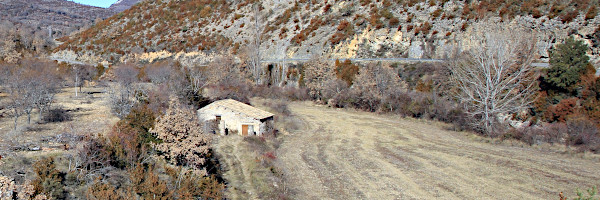
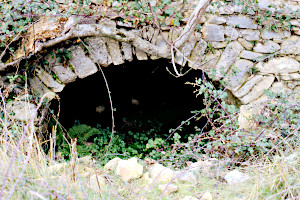
In the cárcavo two sections can be recognised: the outer section (15) which drains into the restitution duct (22), and the inner section (16) where the wheel with its supporting devices is mounted. The roof of the outer section is a slightly pointed arch and is lower and narrower than in the inner section.
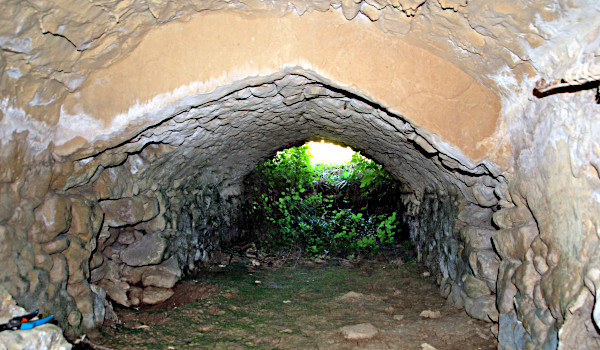
rodezno) is made of a combination of wooden and iron components. The wooden blades — only slightly hollowed out (17) — are mounted on a metallic hub and shaft. The wheel is shrouded by two iron rings. Everything is fixed by bolt screws.
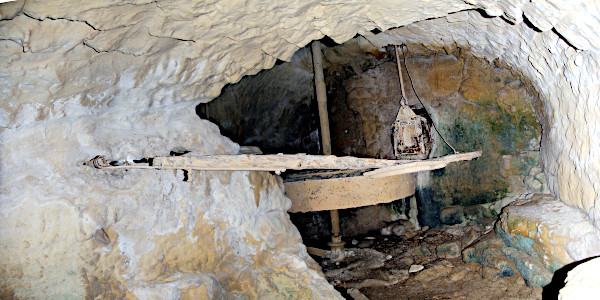
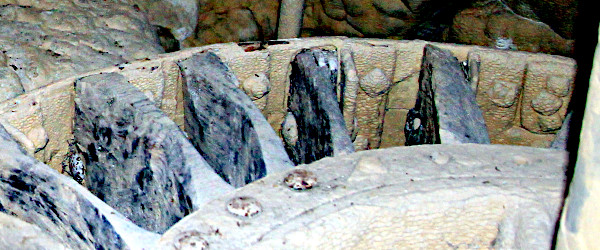

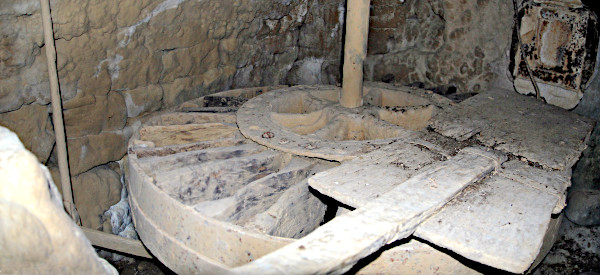
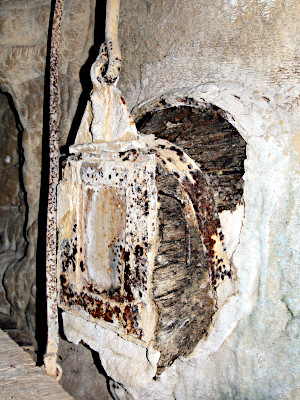
paradera). A paradera is a device making it possible to control the water flow from inside the workplace. When the deflector is in the down position as shown, the water jet from the nozzle (
botana) cannot reach the blades and the wheel stops. When the deflector is up, the action of the water will spin the wheel. The rod controlling the paradera can be seen in pictures 16, 19, and 20 left.
A deflector is particularly useful in watermills with an open chute like in Lacabezonada and Alins the only sites with this braking system also preserved. The problem with a deflector is that the movement stops, but the water continues to flow, which is a disadvantage in areas with little water.
Mills with a closed pressure pipe, like here, ending in a nozzle with a shutter (20) have a better way of controlling the flow. The shutter may conveniently be opened en closed via a rod from the workplace without any water being lost. Then why the deflector?
The deflector will have served as an emergency brake for when the feed hopper accidentally ran empty. No traces of such a device could be found in the workplace, which is not surprising since the mill had been out of use, and open, for decades.
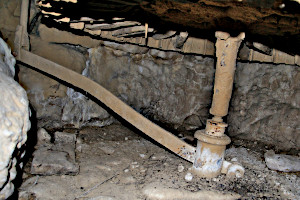

| Molino harinero | Water works | Dam & Canal |